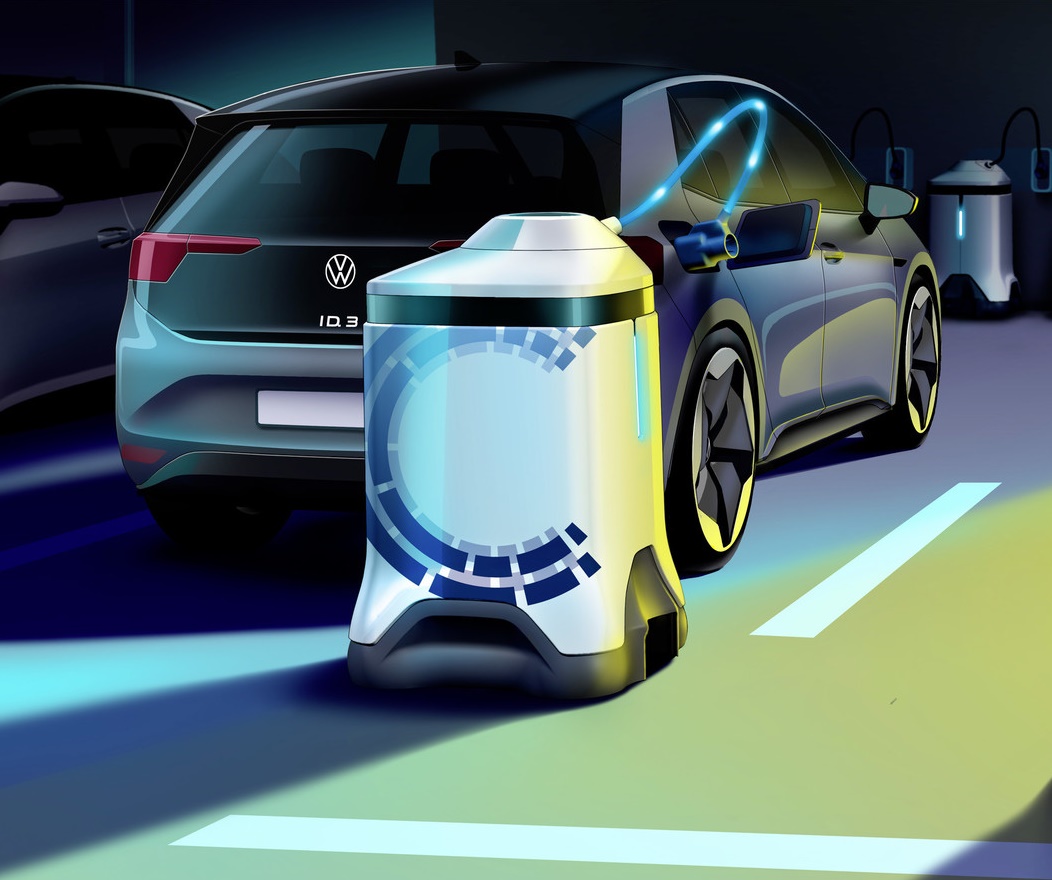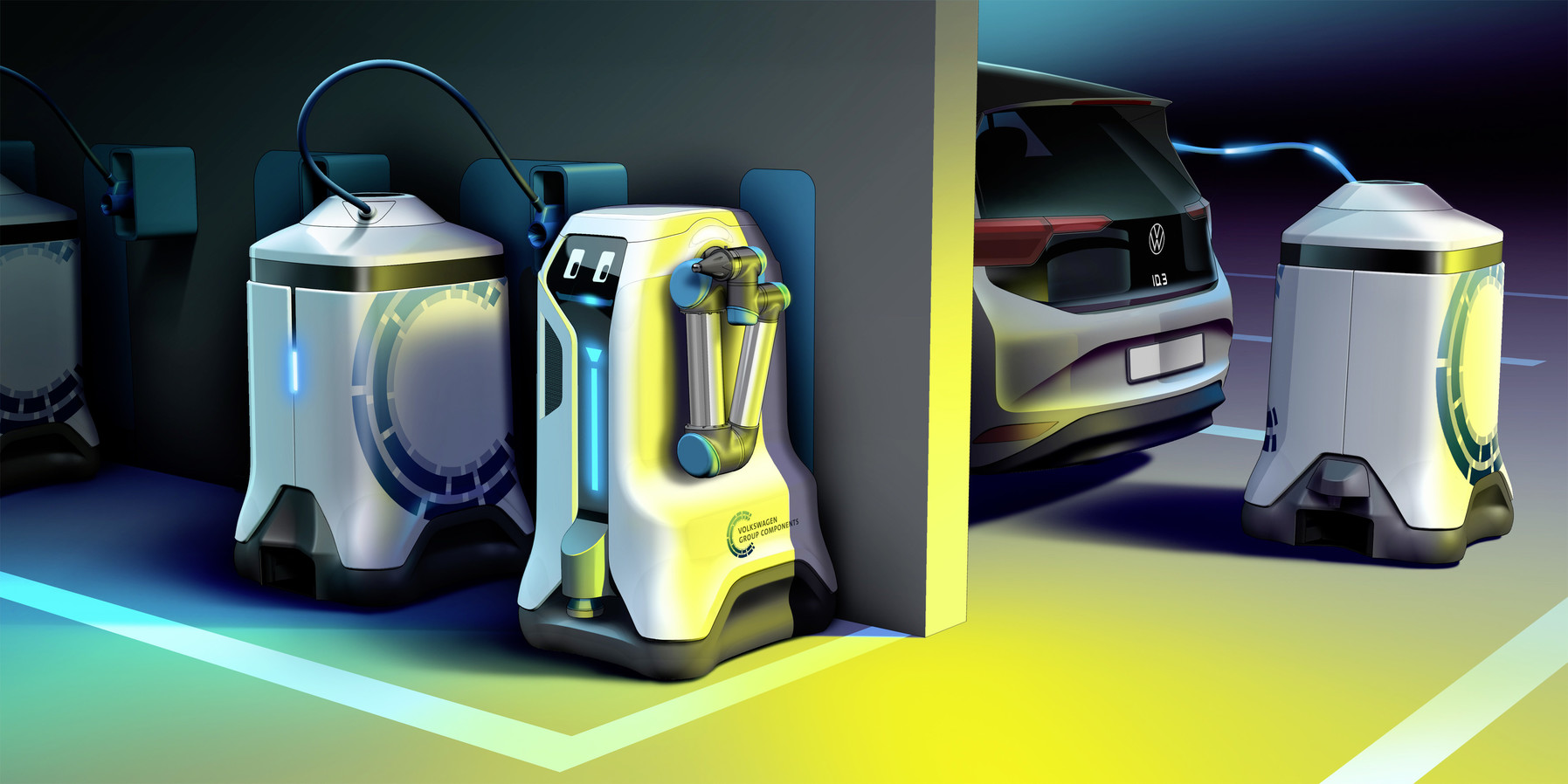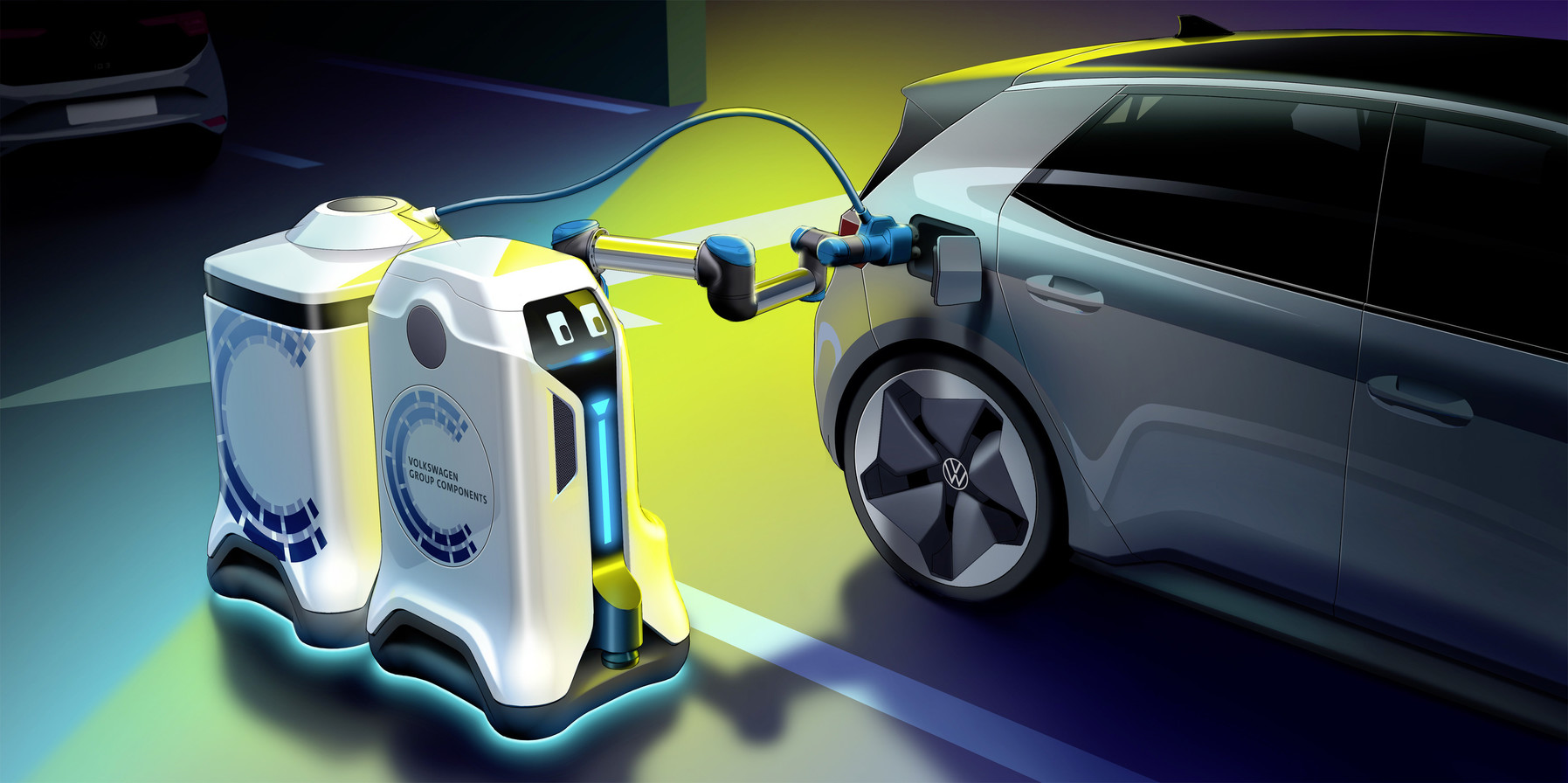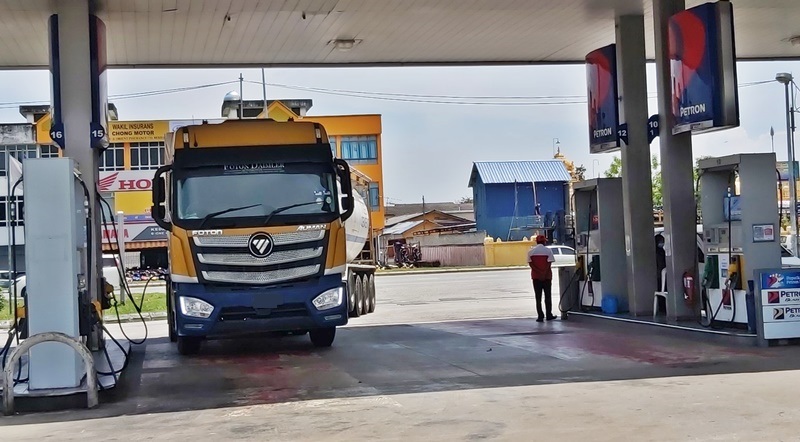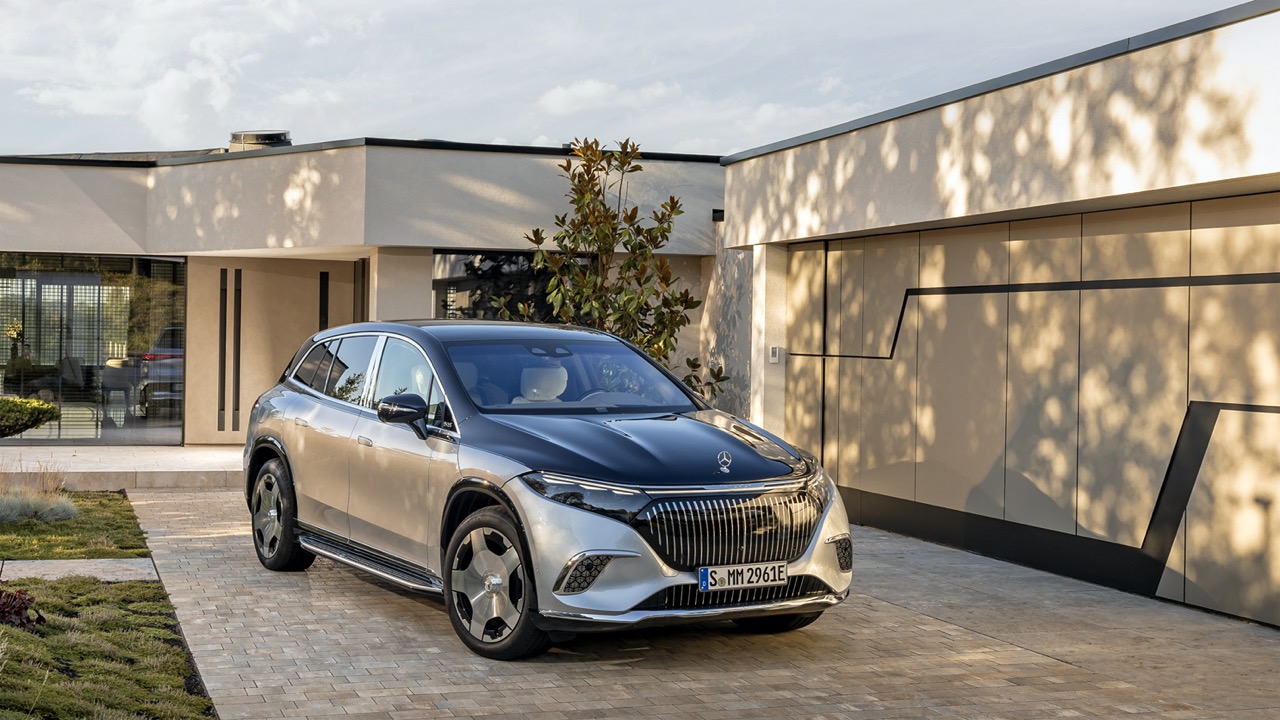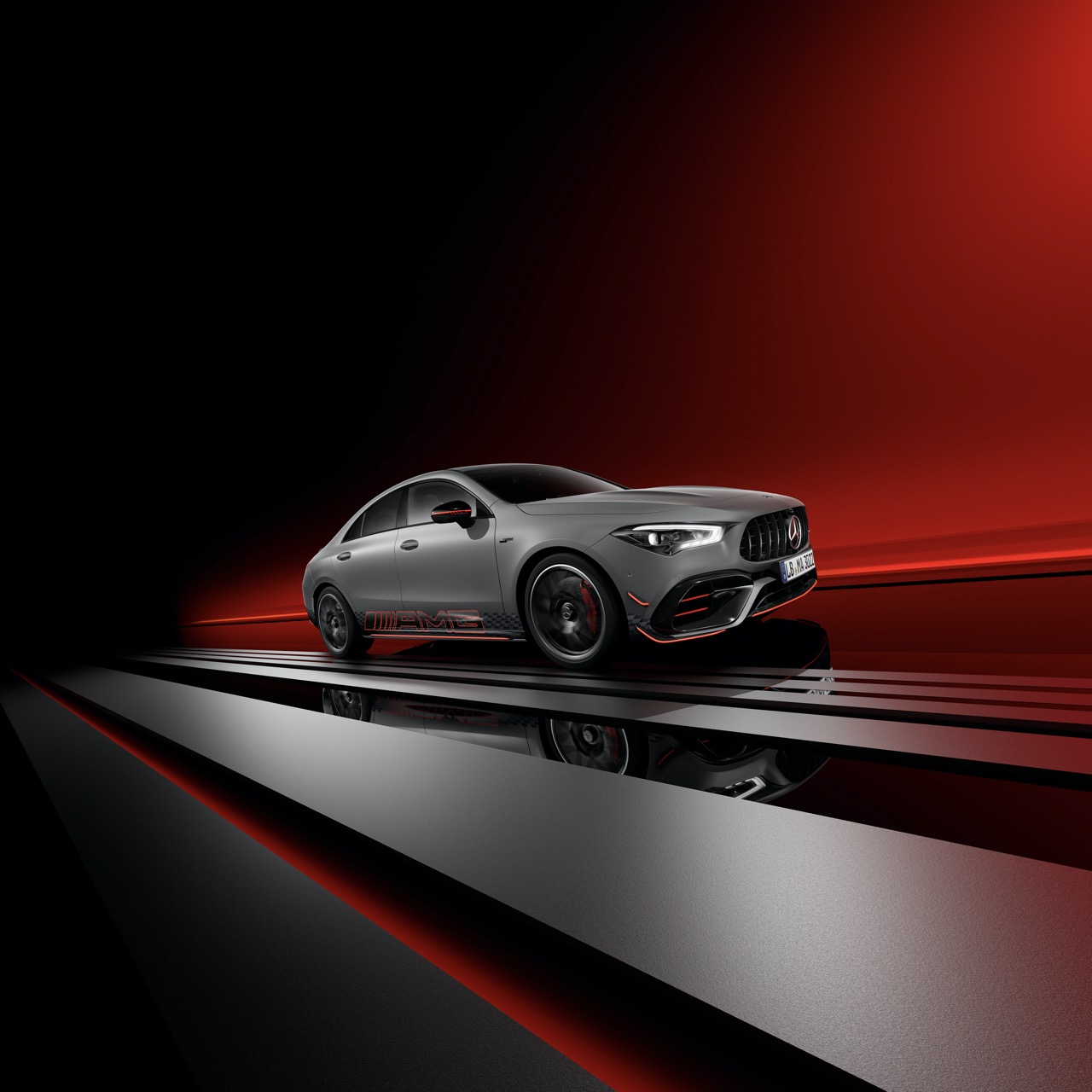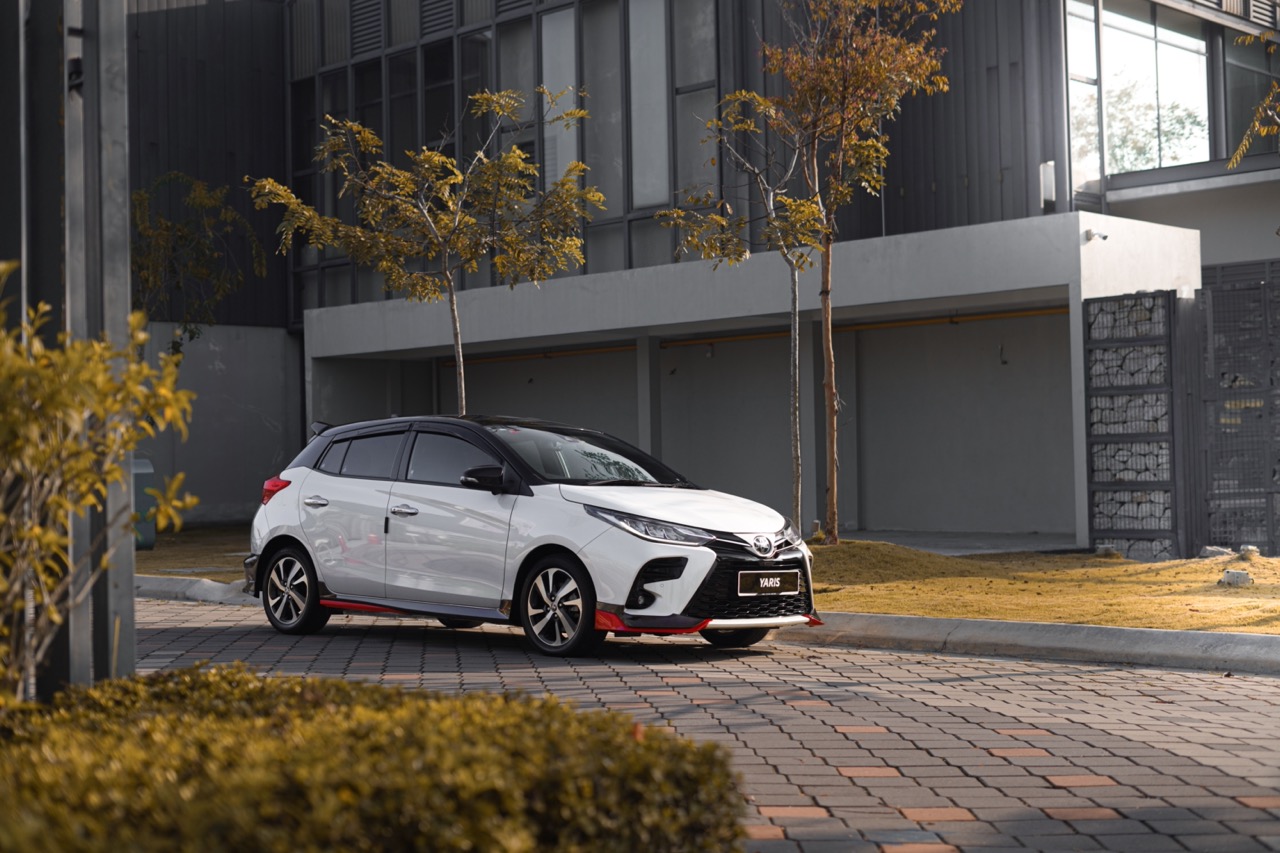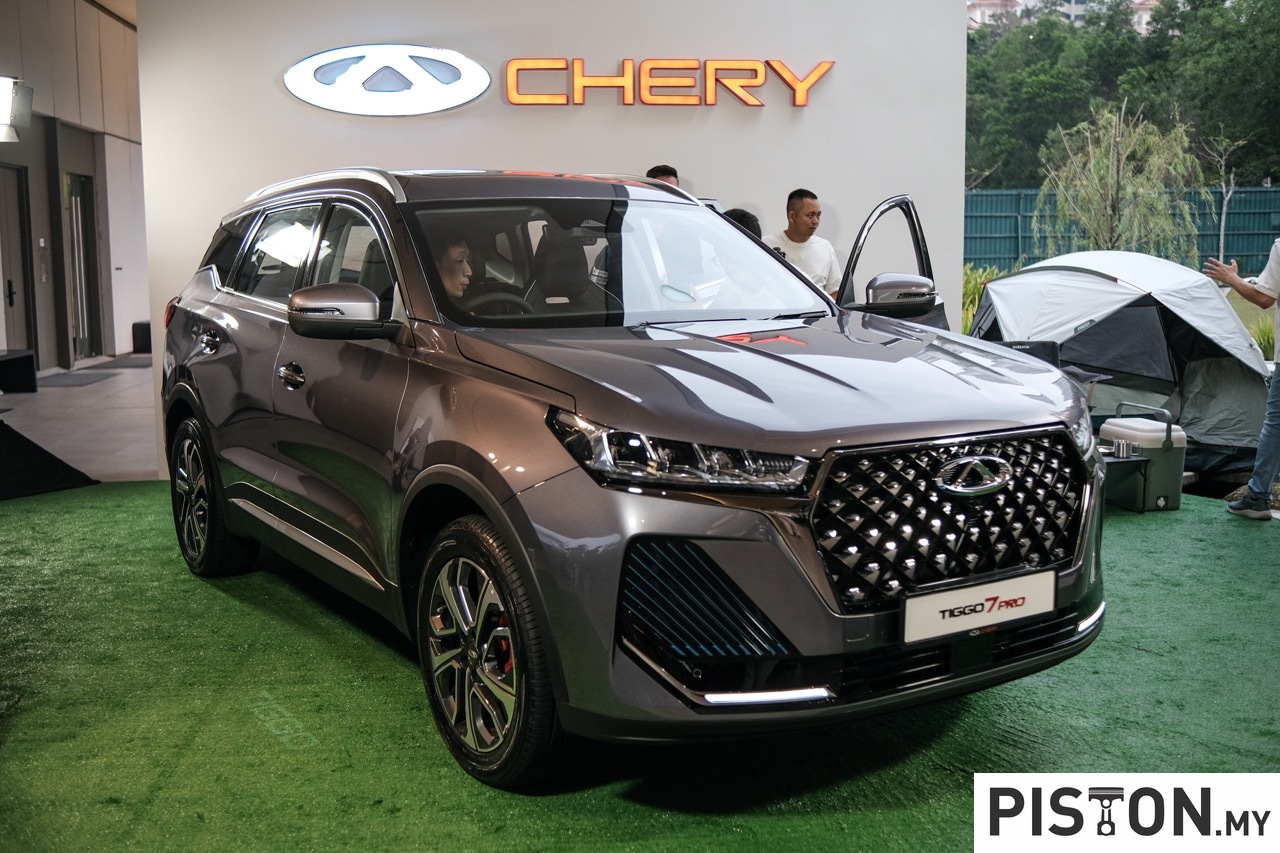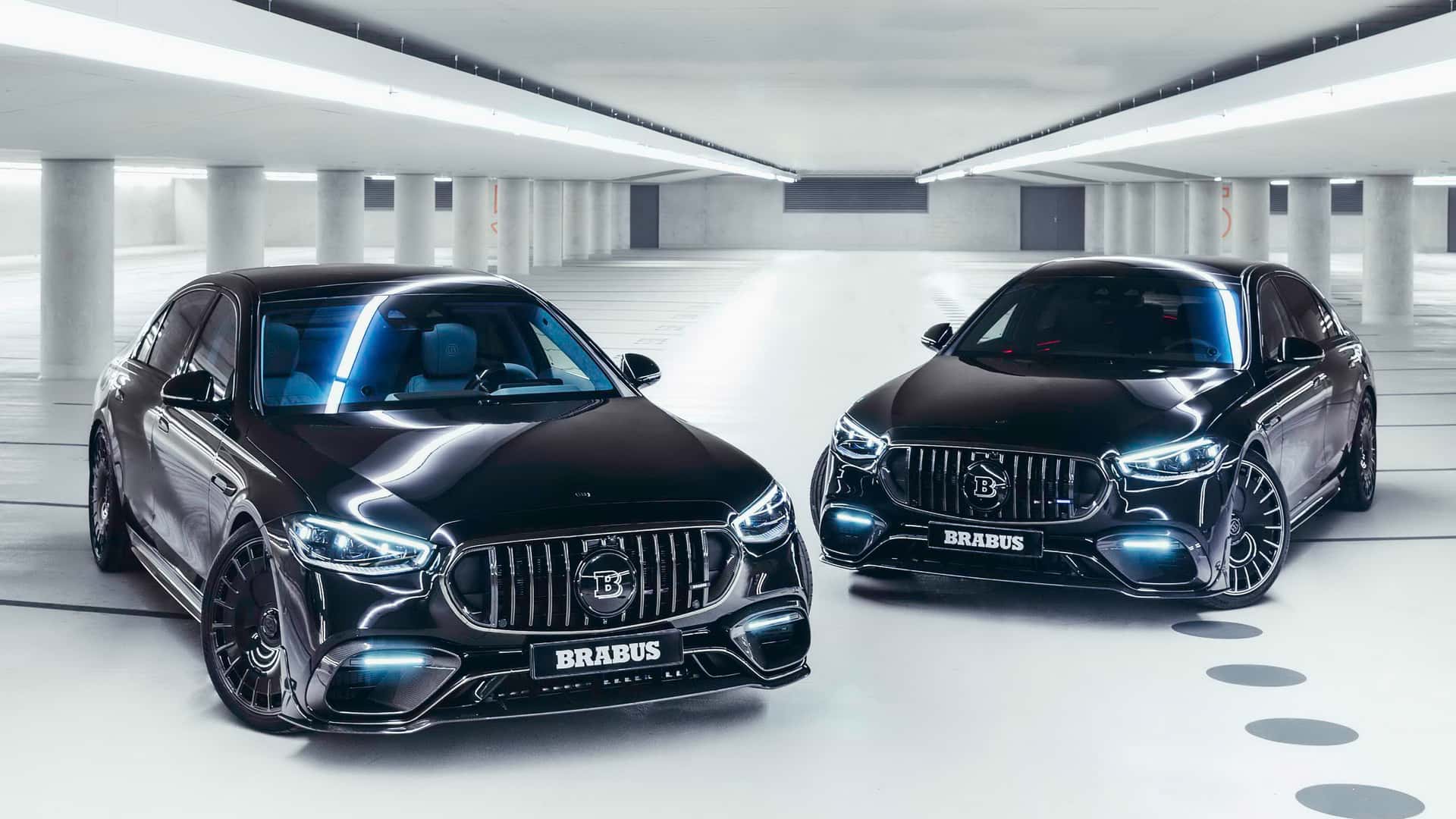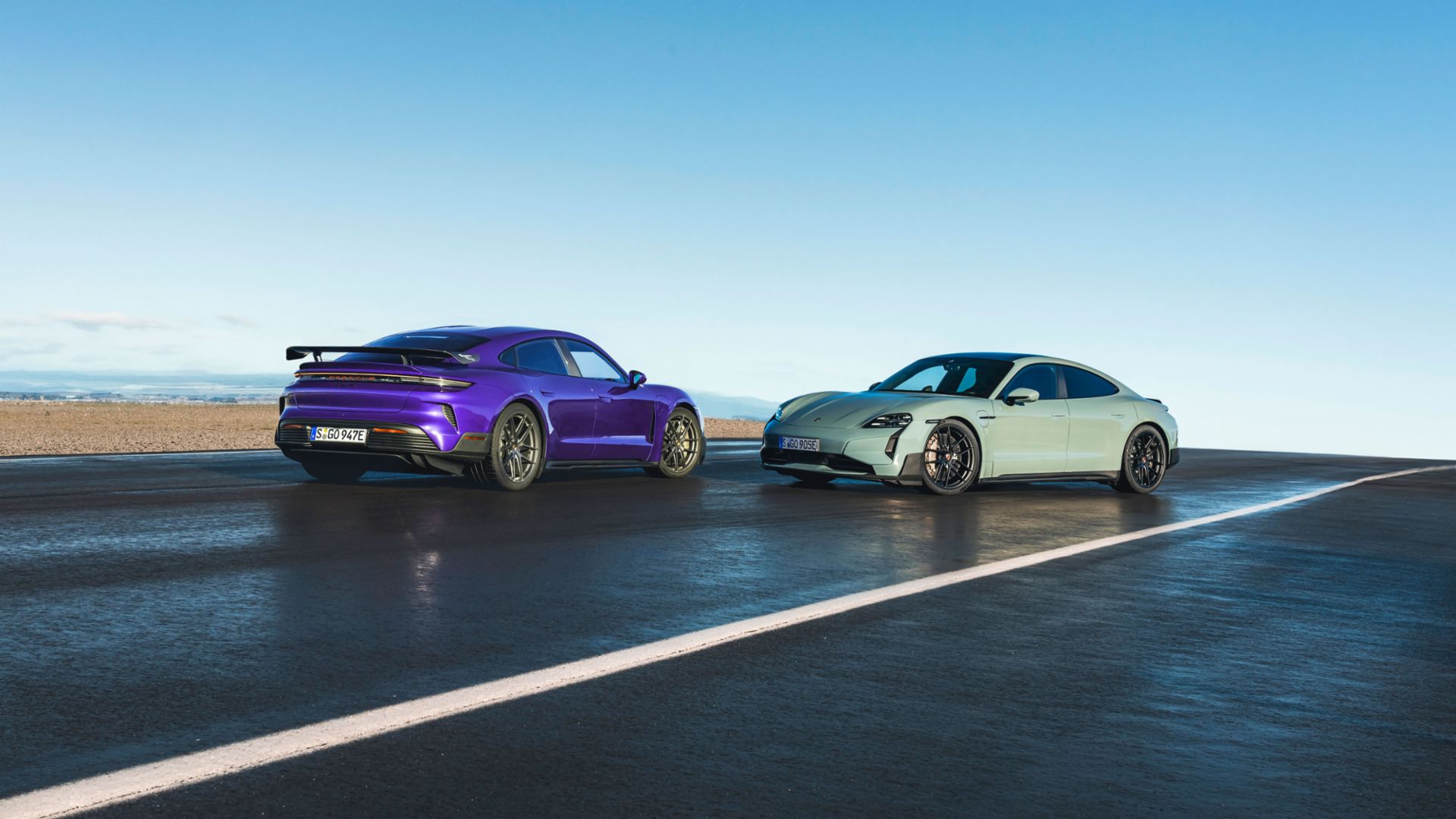As the electric car era approaches, it’s not just new types of vehicles that are needed but also supporting services, especially to recharge the battery packs. Unlike the petrol station network which is the product of many decades and has global coverage, battery recharging points and stations are only just beginning to be set up.
For companies that invest in recharging stations, there is a need to ensure sufficient demand and usage so as to get returns on their investment. That time is coming as the population of EVs (and also plug-in hybrids) rises and more vehicles need to be recharged daily.
Volkswagen is also exploring other approaches and has provided a glimpse into the future in which the search for charging stations becomes unnecessary. Instead, mobile charging robots will take over this task, going to the vehicle completely autonomously. After it is started via app or V2X communication, the mobile robot drives itself to the vehicle that needs charging and communicates with it.
Everything done autonomously
From opening the charging socket flap to connecting the plug to decoupling, the entire charging process occurs without any human interaction. The robot brings a trailer in the form of a mobile energy storage device to the vehicle and connects it. It then uses this energy storage device to charge the battery of the electric vehicle. The mobile energy storage device stays with the vehicle during the whole charging process. The robot, in the meantime, charges other electric vehicles. Once the charging service is complete, the robot collects the energy storage device and brings it back to the charging station.
“The mobile charging robot will spark a revolution when it comes to charging in different parking facilities, such as multistorey car parks, parking spaces and underground car parks because we bring the charging infrastructure to the car and not the other way around. With this, we are making almost every car park electric, without any complex individual infrastructural measures,” explained Mark Moller, Head of Development at Volkswagen Group Components. “It’s a visionary prototype, which can be made into reality quite quickly, if the general conditions are right,” he added.
Volkswagen Group Components is researching different approaches to the assembly of charging infrastructure and has already developed several successful products. The flexible quick charging station and DC wall boxes are already part of a future charging family. Customer-oriented, intelligent and flexible approaches to charging are at the centre of the research. Other innovative products such as the charging robot are currently being developed.
Autonomous, compact and flexible
The prototype consists of a compact, self-driving robot as well as flexible and agile energy storage devices, also known as ‘battery wagons’. When fully charged, these are equipped with an energy content of around 25 kWh each. A charging robot can move several battery wagons at the same time. With its integrated charging electronics, the energy storage device allows for DC quick charging with up to 50 kW on the vehicle.
The robot, which can move autonomously, is fitted with cameras, laser scanners and ultrasonic sensors. The combination of these systems not only allows the robot to carry out the charging process completely autonomously but also to move around freely in the parking area, recognising possible obstacles and to react to them appropriately. Depending on the size of the parking area or the underground carpark, several charging robots can be employed simultaneously so that several vehicles can be attended to.
The mobile charging robot can be put to use in various ways. It isn’t just a robot arm that connects a car to a fixed charging station. Instead, drivers have the choice to park in any available space, independent of whether a charging station is free or not. The robot brings the charging station in the form of a mobile energy storage device directly to the vehicle.
For operators of different parking facilities this is a quick and easy solution to electrify every parking space. “This approach has an enormous economic potential,” said Moller. “The constructional work as well as the costs for the assembly of the charging infrastructure can be reduced considerably through the use of the robots.”
The compact design of the charging robot is perfectly suited for use in restricted parking areas without charging infrastructures, such as underground carparks. Even the well-known problem of a charging station being blocked by another vehicle will no longer exist with this concept.
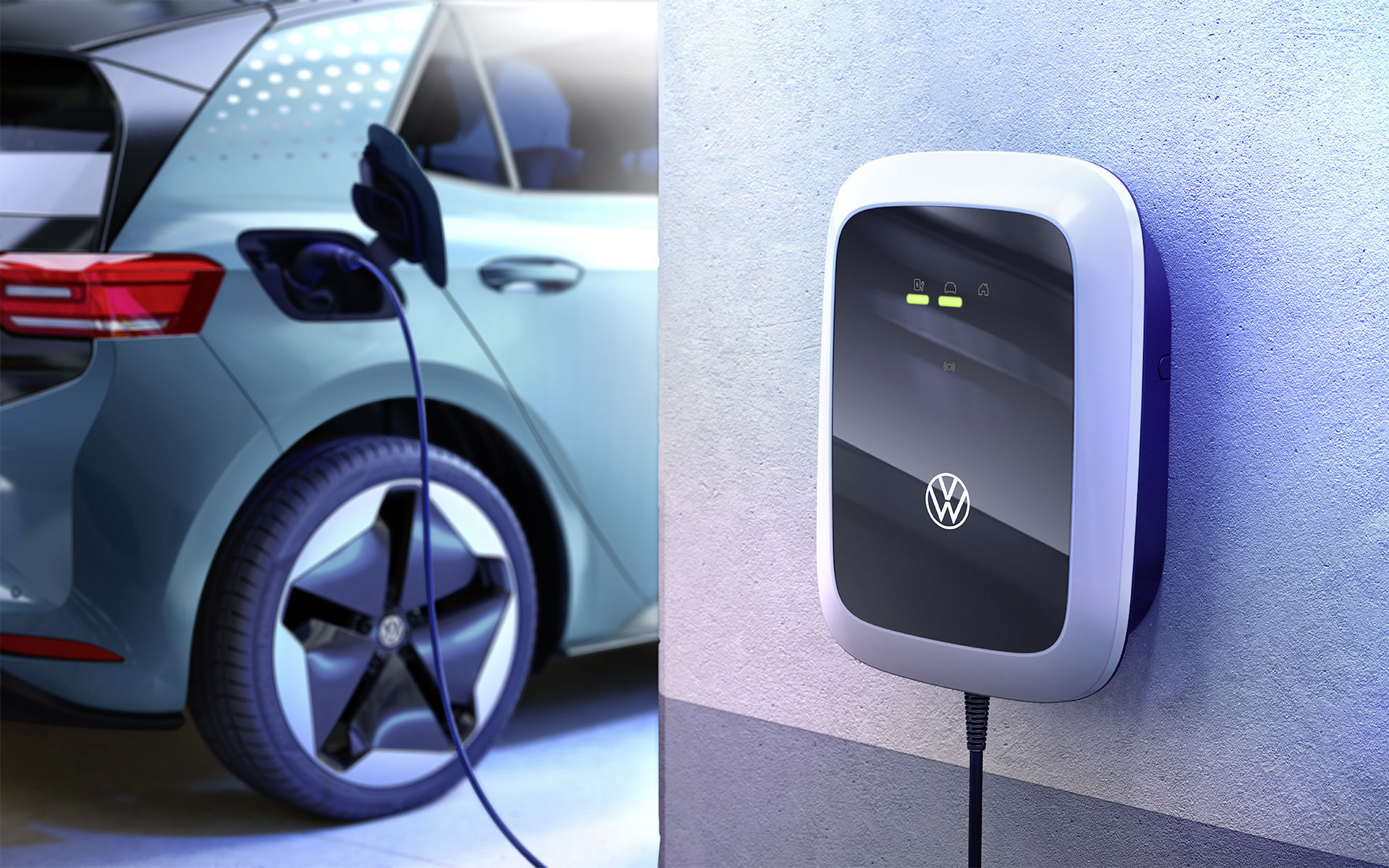
36,000 places to recharge by 2025
The project is among Volkswagen’s initiatives to establish a charging infrastructure at many levels. Together with its dealers, the company aims to install a total of 36,000 charging points throughout Europe by 2025. A large proportion of these will be in public areas.
Volkswagen is also launching its own wallbox for home charging called the ID. Charger. And as a co-founder of the IONITY joint venture, Volkswagen participates in installing 400 fast-charging parks on major European highways. Medium-term, charging an EV is to become as easy as charging a smartphone.


